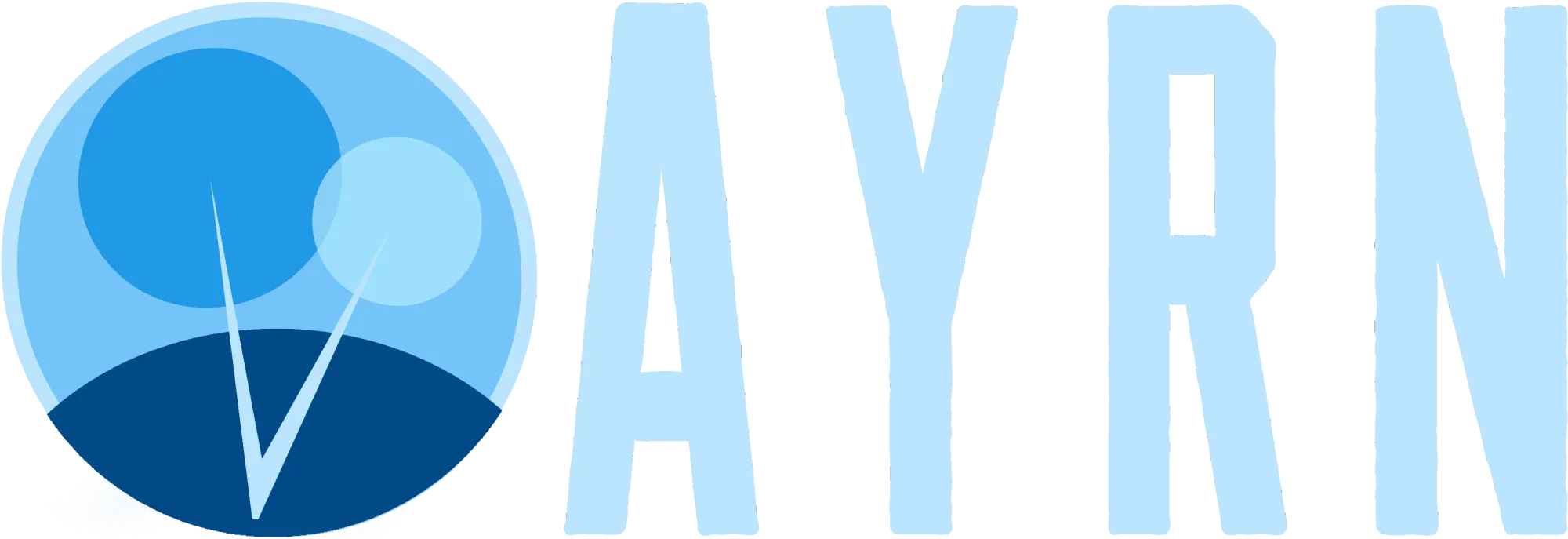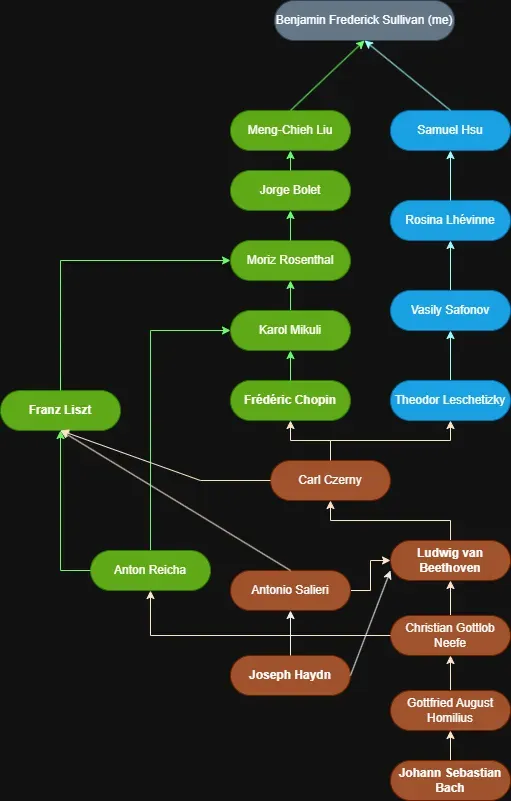Embarking on the journey to own a musical instrument can be as exhilarating as mastering a new piece. However, the financial aspect of acquiring high-quality or professional-grade instruments often necessitates a deep dive into the realm of financing options. This guide, structured in four detailed parts, aims to illuminate the path by exploring various financing avenues, each with its nuanced benefits and drawbacks.
Traditional Bank Loans
When considering the purchase of a musical instrument, traditional bank loans emerge as a time-honored financing option. These loans provide a straightforward pathway to instrument ownership, offering a lump sum that covers the purchase upfront.
Advantages and Disadvantages
Advantages
| Benefit | Description |
|---|---|
| Fixed Interest Rates | Enjoy the predictability of fixed monthly payments, simplifying budget planning. |
| Flexible Terms | Tailor your loan term, ranging from a year to several, aligning with your financial comfort zone. |
| Unrestricted Use | The loan grants the freedom to allocate funds across any instrument or associated expenses. |
Disadvantages
| Challenge | Description |
|---|---|
| Credit Score Requirements | A high credit score is often a prerequisite, placing this option out of reach for some. |
| Application Process | Be prepared for a thorough application, demanding time and extensive documentation. |
| Potential for Collateral | Secured loans might necessitate collateral, introducing a risk to personal assets. |
Leveraging a traditional bank loan for the acquisition of a musical instrument offers a blend of predictability and flexibility. However, the prerequisites and potential risks associated with this financing method underscore the importance of meticulous consideration.
In the pursuit of acquiring a musical instrument, in-store financing emerges as a popular option for many, offering a bridge between aspiration and ownership. This section of our guide delves into the intricacies of in-store financing, helping you navigate through its advantages and potential pitfalls.
In-Store Financing Options
In-store financing, provided directly by music stores or through their partnerships with financing companies, presents an accessible route to instrument acquisition. These programs often appeal to buyers with their promotions and tailored payment plans.
Advantages and Disadvantages
Advantages
| Benefit | Description |
|---|---|
| Promotional Offers | Many stores offer interest-free periods, making it cheaper if you pay off the instrument within the promotional timeframe. |
| Immediate Ownership | Secure the instrument of your dreams immediately, even without the full amount upfront. |
| Simple Application Process | Typically less stringent than bank loans, with faster approval times. |
Disadvantages
| Challenge | Description |
|---|---|
| High-Interest Rates Post-Promotion | Interest rates can skyrocket if the balance isn't cleared in the promotional period. |
| Impact on Credit Score | Failure to meet payment terms can negatively affect your credit score. |
| Limited Selection | You're confined to the instruments available in the store or through their specific financing partners. |
Navigating In-Store Financing
When considering in-store financing, it's crucial to read the fine print and fully understand the terms. Promotional offers, while enticing, require discipline to avoid falling into high-interest pitfalls post-promotion. Moreover, consider the selection of instruments available under these financing terms to ensure they align with your needs and preferences.
In-store financing stands as a compelling option for those looking to spread out the cost of their instrument purchase. Its convenience and potential for promotional savings can be advantageous, yet the importance of cautious engagement with its terms cannot be overstressed.
As we continue our journey through the myriad of options available for financing a musical instrument, this installment explores the versatility and considerations of using credit cards and layaway plans. Both options offer unique benefits and potential drawbacks, tailored to different financial strategies and personal preferences.
Credit Cards
Credit cards stand out as a flexible financing option, often providing rewards, cashback, or points that can be advantageous for large purchases like musical instruments.
Advantages and Disadvantages
Advantages
| Benefit | Description |
|---|---|
| Rewards and Incentives | Many credit cards offer rewards, cashback, or points on purchases, which can be beneficial for large-ticket items. |
| Purchase Protection | Credit cards often include protections such as extended warranties and theft or damage coverage. |
| Flexibility | Provides the ability to purchase from any retailer, not just those offering in-store financing. |
Disadvantages
| Challenge | Description |
|---|---|
| High-Interest Rates | If the balance is not paid off quickly, high-interest rates can significantly increase the total cost. |
| Potential Debt | It's easy to overextend financially, leading to long-term debt. |
| Impact on Credit Score | High balances relative to credit limits can negatively affect your credit score. |
Layaway Plans
Layaway plans offer a disciplined approach to purchasing, allowing you to pay off an instrument over time without taking on debt.
Advantages and Disadvantages
Advantages
| Benefit | Description |
|---|---|
| No Debt Incurred | Payments are made over time towards the purchase price, avoiding debt. |
| No Interest Charges | Unlike credit options, layaway plans do not charge interest, making them a cost-effective strategy. |
| Fixed Price Guarantee | Secure today’s price, protecting against future price increases. |
Disadvantages
| Challenge | Description |
|---|---|
| Delayed Gratification | You cannot take home the instrument until it is paid in full. |
| Limited Availability | Not all stores offer layaway plans, and those that do may have restrictions on which items qualify. |
| Cancellation Fees | If you cancel the layaway plan, you may face cancellation fees or lose a portion of your payments. |
Important Considerations
When considering credit cards, the key is to have a repayment plan that minimizes interest charges, making the most of the rewards without falling into a debt trap. Layaway plans, on the other hand, require patience and discipline but offer a no-debt, interest-free path to ownership.
Both credit cards and layaway plans present viable routes to instrument financing, each with a set of features that cater to different financial circumstances and personal preferences.
In this concluding segment of our comprehensive guide to financing a musical instrument, we turn our attention to the modern marvels of online financing platforms and the creative community-driven approach of crowdfunding. These options have grown in popularity, offering innovative solutions to the age-old challenge of funding musical ambitions.
Online Financing Platforms
The digital age has ushered in a plethora of online financing platforms, designed to offer flexible, accessible financing solutions without the need for traditional banking institutions.
Advantages and Disadvantages
Advantages
| Benefit | Description |
|---|---|
| Ease of Access | Apply from anywhere, at any time, with a simple online process. |
| Quick Decisions | Rapid approval processes can provide an immediate answer regarding your financing. |
| Competitive Rates | Many platforms offer competitive interest rates, sometimes better than traditional banks. |
Disadvantages
| Challenge | Description |
|---|---|
| Varied Terms and Conditions | Each platform has its own set of rules, requiring careful review. |
| Potential for Higher Fees | Some platforms may include origination fees or other charges. |
| Reliance on Credit | Like traditional loans, most online financing options are credit-based, impacting those with lower credit scores. |
Crowdfunding
Crowdfunding offers a unique approach to instrument financing, allowing musicians to appeal directly to their community for support. Platforms like Kickstarter and Indiegogo enable artists to fund their projects through donations from fans and supporters.
Advantages and Disadvantages
Advantages
| Benefit | Description |
|---|---|
| Community Support | Leverage the power of your fan base or supportive community to fund your instrument purchase. |
| No Repayment Required | Funds are typically donations or exchanged for rewards, not loans that need to be repaid. |
| Creative Freedom | Crowdfunding can provide the means to acquire instruments that inspire creativity, without the constraints of traditional financing. |
Disadvantages
| Challenge | Description |
|---|---|
| Uncertainty | Success is not guaranteed; your campaign may not reach its funding goal. |
| Effort Intensive | Creating a compelling campaign requires significant effort, including marketing and communication. |
| Platform Fees | Crowdfunding platforms take a percentage of the funds raised as a fee for their services. |
Choosing the Right Path
Online financing platforms and crowdfunding represent the spectrum's ends in financing options, from traditional, credit-based approaches to community-supported, project-based funding. Each method offers distinct benefits and challenges, emphasizing the importance of aligning your choice with your personal financial situation, risk tolerance, and community engagement level.
As we conclude this guide, it's clear that financing a musical instrument involves navigating a diverse array of options. From traditional bank loans and in-store financing to credit cards, layaway plans, online platforms, and crowdfunding, the right choice depends on your unique circumstances, preferences, and goals. By carefully considering the pros and cons of each option, you're well-equipped to make an informed decision that harmonizes with your musical journey.
Embrace the process with the understanding that investing in a musical instrument is not just a financial decision, but a step towards enriching your life with the joy and fulfillment that music brings.








